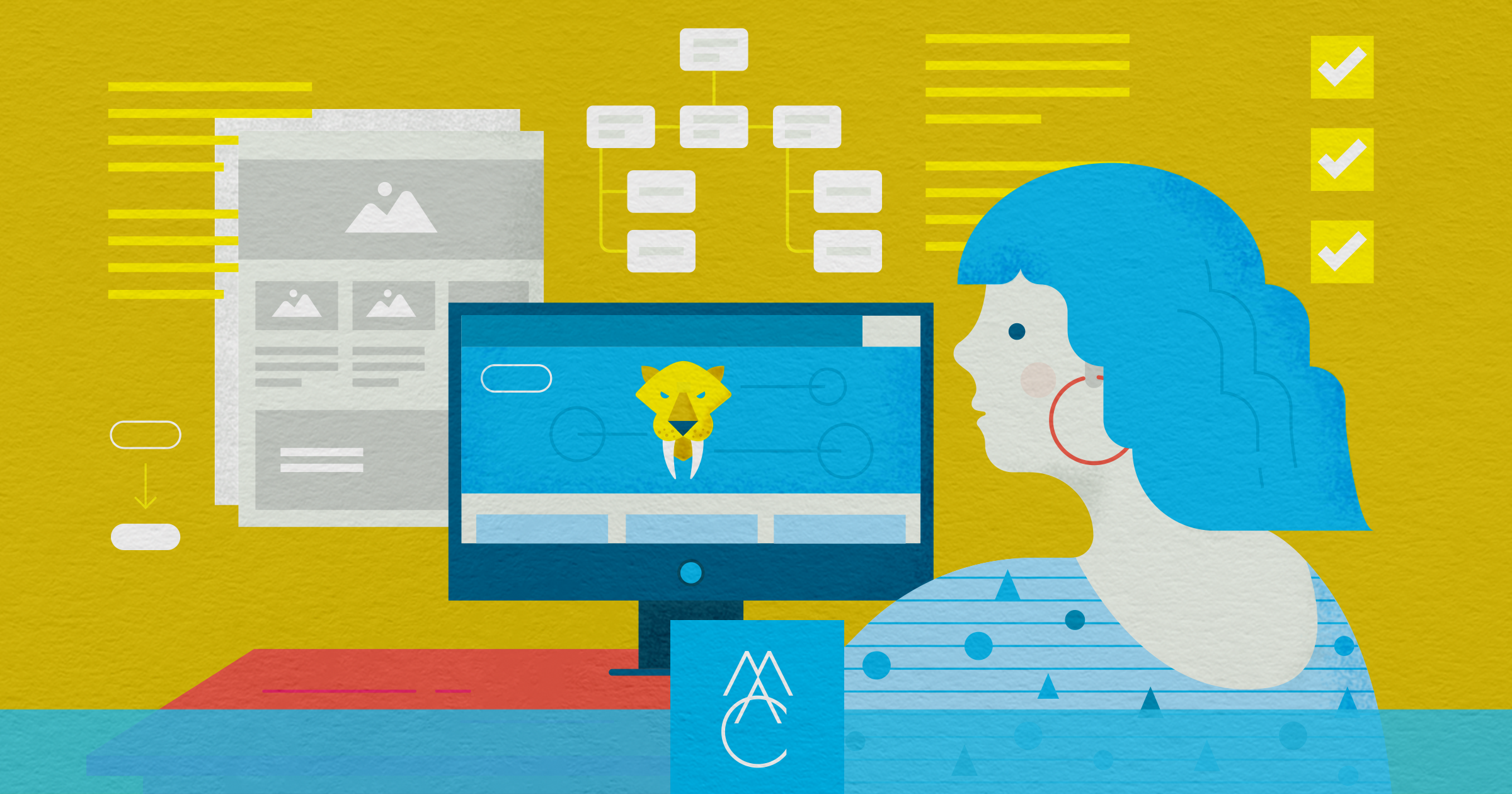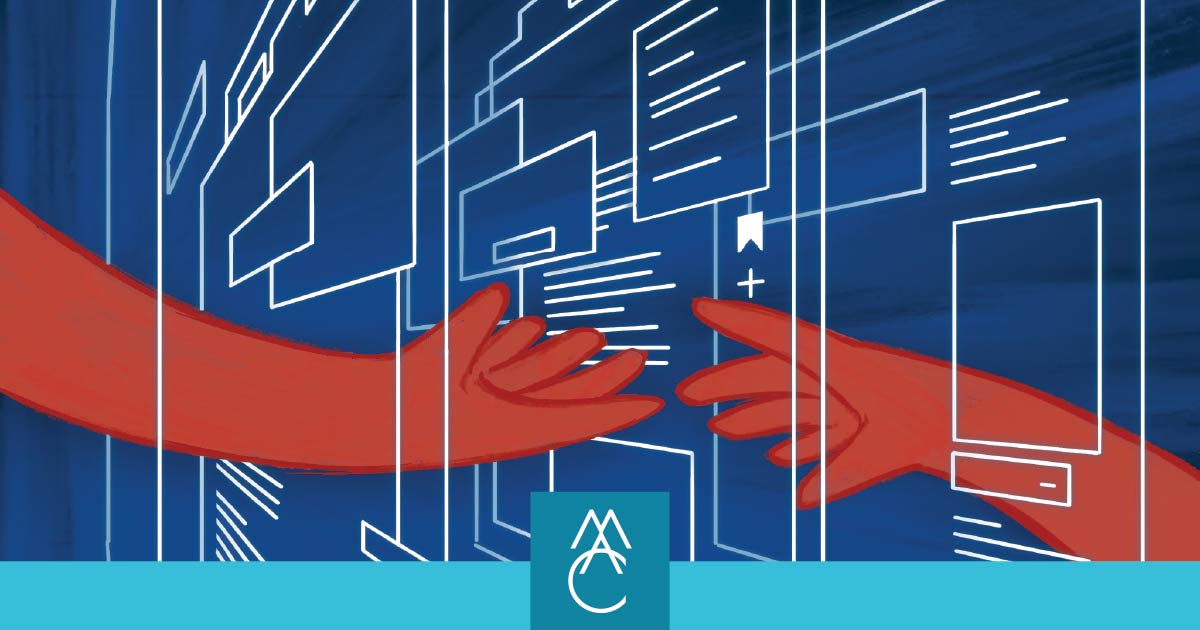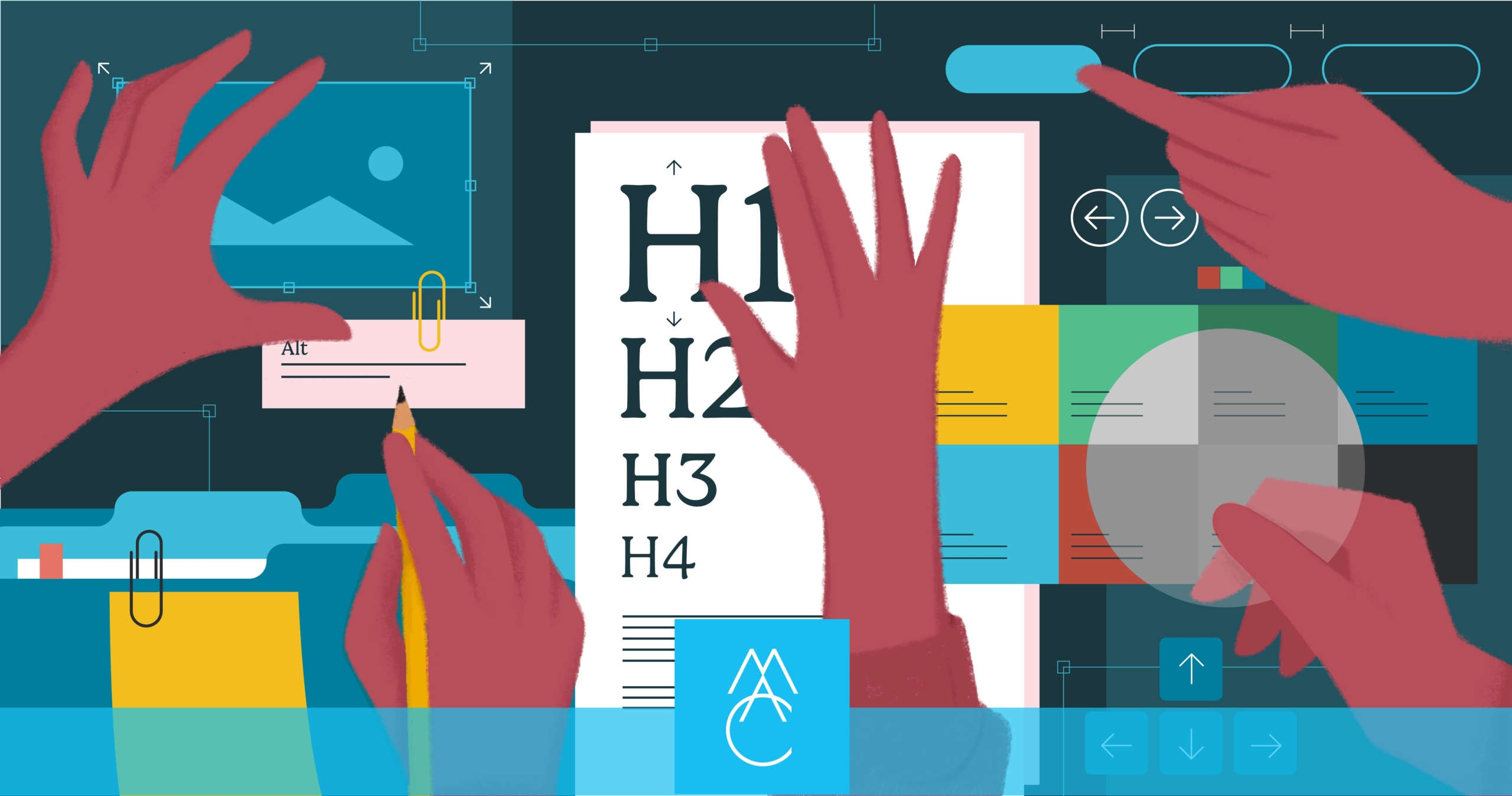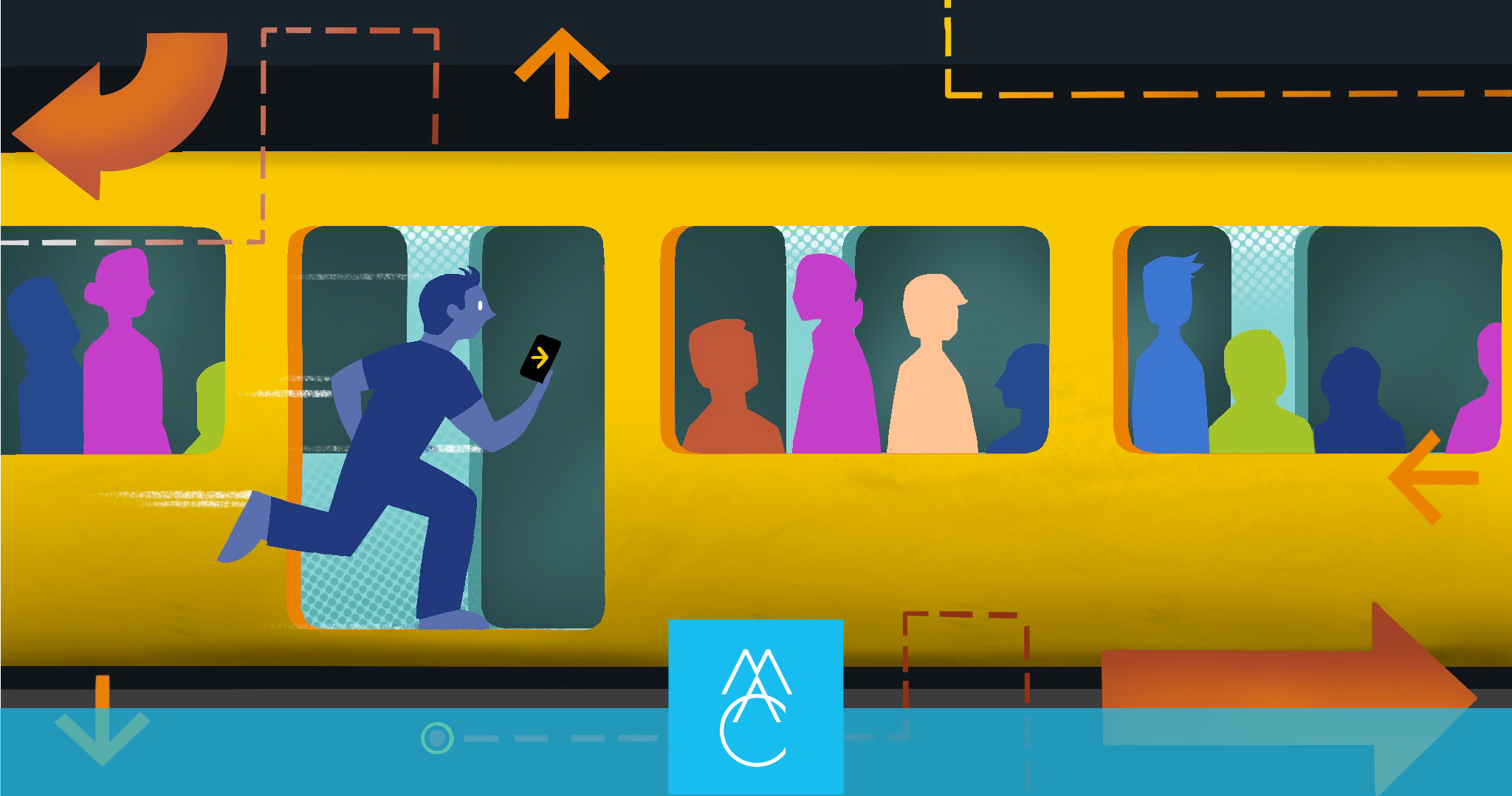
UX … it’s more than just graphic design
A content strategist sits at a table with a stack of user personas, drawing bubbles on a page, mapping the information a web user is going to need, how they’re going to use it, and in what order.
A graphic designer stands at their desk, drafting content blocks on a wireframe, anticipating the needs of the user who will be visiting that page.
An interaction designer sits in traffic on their way home, thinking about what a button should do when the user clicks it, and what type of user action should make the email signup form unfold before them on the page.
All these specialists are helping to design a user experience. And while it’s easy to suppose that “design” is simply a shorthand for “graphic design,” in the case of UX, it’s so much more.
What’s user experience?
Well — in addition to being a buzzword — UX is also “an important, strategically relevant, multidisciplinary field for solving very difficult problems at the intersection of technology, spaces, the Internet and people.” (So says Trip O’Dell, product design manager at Amazon.)
Literally defined, UX is a person’s perceptions and responses from the use of a product, system, or service. That’s how the International Organization for Standardization puts it.
In less stuffy speech, user experience is “how you feel about every interaction you have with what’s in front of you in the moment you’re using it.” User Testing Blog followed that latter definition with several worthy questions:
- Can you use it?
- Can you find it?
- Does it serve a need that you have?
- Do you want to use it?
- Do you find it valuable?
- Do you trust it?
- Is it accessible to you?
These questions comprise a good litmus test for UX on the Internet. When creating a website, you’re aiming for “yes” all the way down the line.
What’s UX design?
According to Wikipedia, user experience design is “the process of enhancing user satisfaction with a product by improving the usability, accessibility, and pleasure provided in the interaction with the product.”
Make it fantastic, in other words. Do everything you can to wow your user on all those litmus questions above.
Which brings us to the point
UX design is not a synonym for graphic design for the web. While it’s easy to assume that hey, design is design, these animals are pretty different. And in this case, that difference is pretty crucial. A graphic designer plays an important role in UX design — but there are other roles, no less important.
Truth: you can’t have peerless UX without a disarmingly attractive, elegantly simple, self-explanatory visual design.
Equally true, you can’t have great UX without an architecture that’s sensitive to a user’s needs, structuring information in a logical, comprehensible way.
Or without page layouts (wireframes) that offer the right content, in the right place, so intuitively that a user doesn’t even have to think about what they came for, because they’re already doing it.
Or without on-point messaging that appeals to the user’s immediate practical priorities and underlying emotional needs in a deeply compelling way.
Or without on-page elements — breadcrumbs, for example — that support the experience by making the website effortlessly navigable.
Or user testing to catch hangups and refine the design. Or best-practice web development to put the site on its feet and get it rolling.
In short, there’s a difference between designing a visual user interface (UI design) and designing every aspect of a multi-dimensional experience (UX design). Here’s Kyla Tom, lead graphic designer at Madison Ave. Collective, on the big picture:
“Web design … requires content development from individuals with editorial expertise, a graphic designer to really dig into the final UI design and create iconography, an interaction designer who knows exactly how smooth actions and transitions need to be, and a back-end as well as front-end developer to maintain the site and bring everything to life on screen.”
In short, UX is teamwork.
UX designers come in many shapes
Because UX design isn’t the sole purview of any one individual — some mythical being who’s able to handle it all solo — it’s worth thinking about the various specialists involved in designing an excellent user experience, and acknowledging their role as UX designers. The magic happens at the intersection of several very different, very vital skill sets:
- Information architecture
- Content strategy
- Wireframing
- Graphic design
- Copywriting
- User interaction
- Web development
And it’s more than the sum of the parts. UX is strategic. It’s iterative. It’s multidisciplinary. UX design is what happens when content, graphic design, and development click. It’s the satisfaction you feel when, as a user, you land on a website and your needs are answered before you even have to ask.
That’s no buzzword. That’s an ideal worth striving for.
So, when asked what UX design is, don’t fill in the bubble next to “graphic design for the web.” Remember that on the multiple choice test, the correct answer for UX is: all of the above.
This article is also published on Medium.
More Resources
-

Article
The Challenge of Measuring Website Accessibility NeedsAccessible digital experiences are a legal and business necessity. Yet, many organizations grapple with the question: How many people with...
-

Article
Safeguard Your Investment: the 411 on Accessible DesignHow can an organization truly serve the public if they can’t reach the whole public? In the U.S., one in...
-

Article
How to Win Over Riders with a Better Digital Transit ExperiencePublic transportation keeps our cities moving, connecting people to their jobs, schools, and favorite hangout spots. As urban areas expand...



